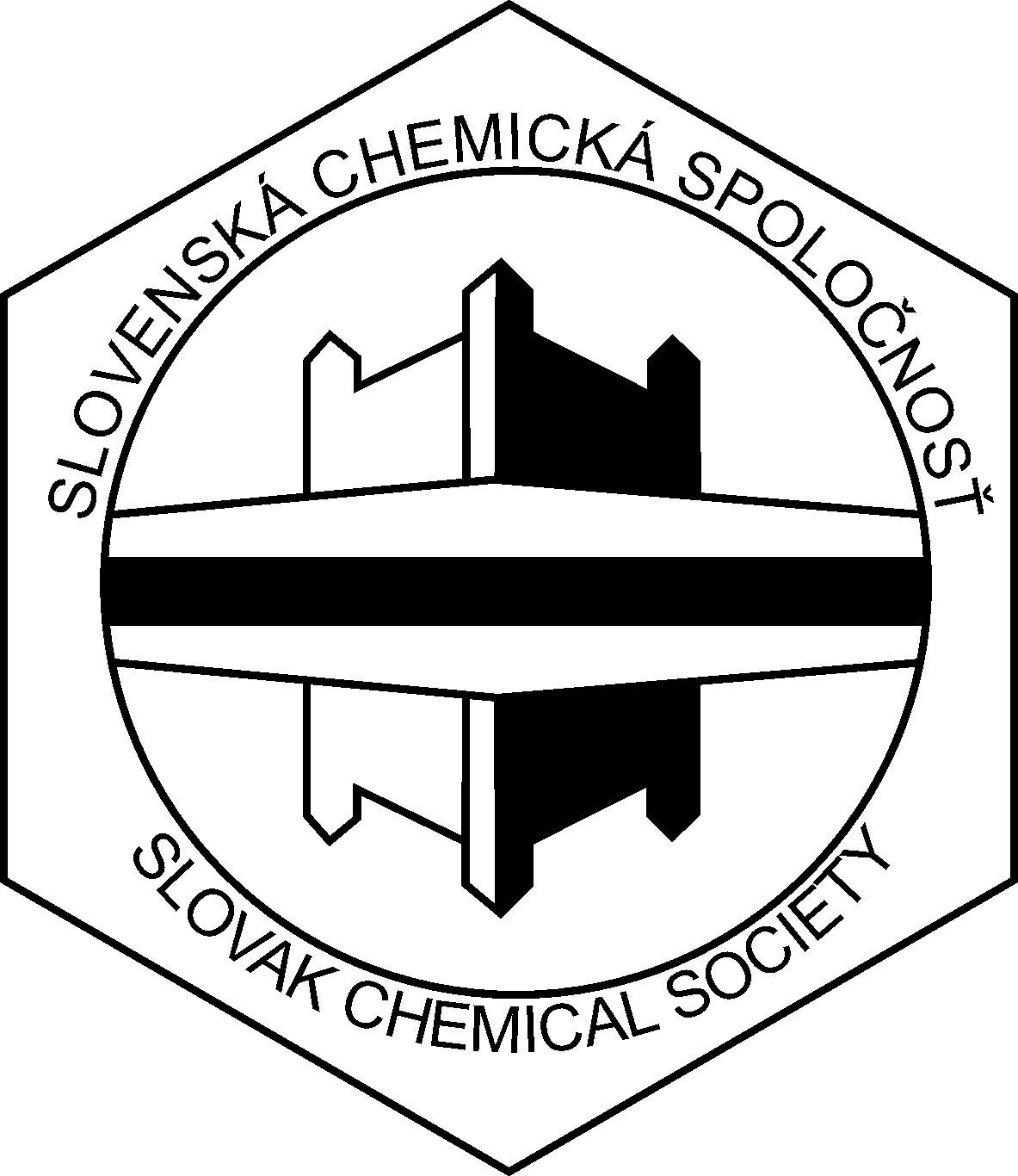prof. RNDr. Jozef Nosek, DrSc.1
1Department of Biochemistry, Faculty of Natural Sciences, Comenius University in Bratislava, Ilkovičova 6, 842 15 Bratislava 4, Slovak Republic
e-mail: jozef.nosek@uniba.sk
Záznam prednášky je uverejnený na youtube kanáli Chemické horizonty
online prednáška cez MS Teams
23. novembra 2021 14:00
Yeasts are unicellular fungi living in diverse ecological niches. They become excellent model organisms in academic research and a large part of our knowledge about basic biological processes ongoing in the eukaryotic cell originates from the studies on yeasts. The sequences of their genomes are important resources for academic research and applications both in clinical microbiology and industrial biotechnology. The sequence of the first yeast genome published about 25 years ago represents a milestone in modern biology. Its determination has taken several years and involved more than 600 researchers from European consortium and collaborating laboratories from the United States, Canada, and Japan. Later on, introducing the massive parallel sequencing generating large quantities of short sequence reads substantially simplified the process. Using this technology, the genome sequences of several hundred yeast species including numerous strains were produced and their number in public databases is constantly increasing. However, most of them are highly fragmented and only a few were finalized into gapless, telomere-to-telomere assemblies corresponding to complete chromosomes. Nowadays, the high-contiguity genome sequences can be determined by using nanopore technology based on single molecule sensing, which produces long sequence reads equivalent to physical sizes of analyzed DNA molecules. A single MinION device, a pocket-sized nanopore sequencer from Oxford Nanopore Technologies, can generate in several hours the sequence data in gigabase amounts that are sufficient for building a genome assembly consisting of chromosome-sized contigs. In our laboratory, we employ this approach to analyze the genomes of non-conventional yeast species. Their relatively small genome sizes as well as the high degree of genetic and phenotypic heterogeneity open a venue for comparative and functional studies of interesting biological phenomena including the investigation of cell metabolism, gene expression, chromosome replication, organelle biogenesis, and genome evolution.
